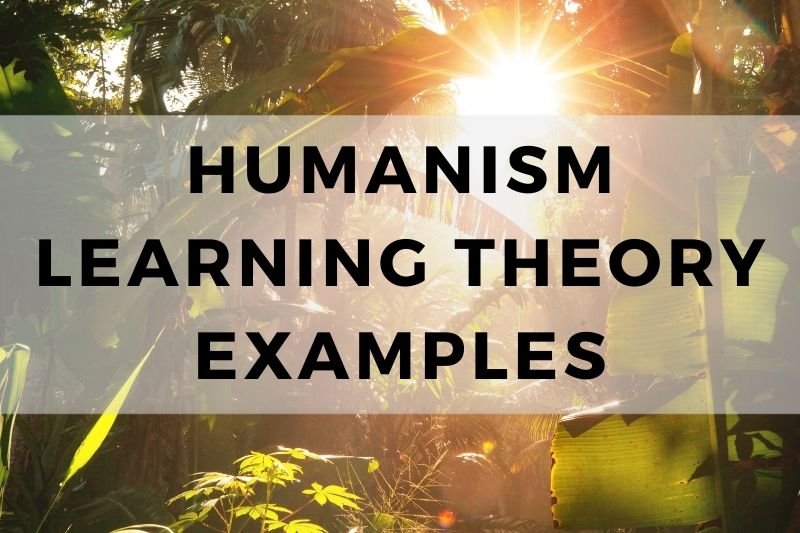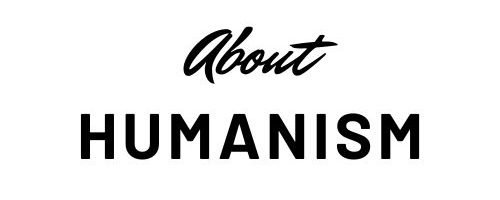
Humanism learning theory places the learner at the center of education. It emphasizes personal growth, self-directed learning, and the development of values. Unlike traditional methods, it focuses on individual potential and the holistic needs of learners. This approach creates an environment where students feel valued and empowered. Teachers act as facilitators, guiding students to discover knowledge on their own.
Humanism encourages critical thinking, collaboration, and emotional well-being. It integrates ethics and personal responsibility into the learning process. In this article, we will explore practical examples of humanism learning theory. Use these strategies to create meaningful learning experiences.
Practical Examples of Humanism Learning Theory (Use Them!)
#1. Student-Centered Learning
In a student-centered approach, the learner’s needs, interests, and goals shape the educational experience. Teachers focus on understanding each student’s unique background, strengths, and challenges. Lessons are designed to cater to different learning styles and paces, ensuring that every learner feels supported. For instance, a teacher might offer a choice between reading a book, watching a video, or conducting an experiment to explore the same topic. This flexibility helps students stay motivated and invested in their learning journey.
#2. Active Learning
Active learning shifts students from passive recipients to active participants in the learning process. It involves engaging them through hands-on activities like role-playing, case studies, or debates. For example, a history teacher might ask students to reenact a historical event to better understand its causes and consequences. By participating actively, students grasp concepts more effectively and retain knowledge longer. This method also boosts critical thinking and problem-solving skills, essential for real-world applications.
#3. Critical Thinking and Reflection
Encouraging critical thinking and reflection helps students move beyond surface-level understanding. They are taught to analyze information, question assumptions, and evaluate multiple perspectives. For instance, a teacher might ask students to compare two opposing arguments on an ethical issue, guiding them to form their own conclusions. Reflection activities, such as journaling or group discussions, allow learners to process what they’ve learned, connect it to their own experiences, and identify areas for growth.
#4. Collaboration and Group Work
Collaboration helps students develop teamwork and communication skills. Group projects encourage learners to work together toward a common goal, sharing responsibilities and resolving conflicts along the way. For example, a science teacher might assign teams to design and test a model of an eco-friendly home. In this process, students learn to value diverse perspectives and discover the importance of cooperation. These skills are invaluable in both academic and professional settings.
#5. Holistic Education
Holistic education focuses on nurturing the entire individual—intellectually, emotionally, socially, and physically. Lessons often integrate creative activities like art, music, or movement alongside traditional academics. For instance, a lesson on environmental science could include outdoor activities like planting trees or visiting a local ecosystem. By addressing multiple aspects of development, holistic education helps students become well-rounded individuals who value both knowledge and personal well-being.
#6. Learner Autonomy
Learner autonomy empowers students to take control of their education. Teachers act as guides, providing tools and resources while allowing students to make choices about what, when, and how they learn. For example, in a literature class, students might choose their own book to analyze, rather than being assigned one. This approach fosters a sense of ownership, encourages curiosity, and builds self-discipline, all of which are crucial for lifelong learning.
#7. Self-Assessment and Peer Feedback
Self-assessment and peer feedback teach students to evaluate their own work and that of others constructively. A teacher might provide rubrics or guidelines to help students identify strengths and weaknesses in their projects. For example, in a writing class, students could exchange essays and provide each other with constructive feedback based on specific criteria. This process not only enhances learning but also develops critical judgment and communication skills.
#8. Constructivist Learning
Constructivist learning focuses on building knowledge through experience and interaction. Students are encouraged to relate new concepts to what they already know, creating a meaningful framework for understanding. For example, a math teacher might use real-life scenarios, like budgeting or cooking, to teach fractions. This method makes abstract concepts tangible and relatable, helping students see the relevance of their learning in everyday life.
#9. Emphasis on Personal Growth
Humanism prioritizes personal growth, encouraging students to set their own goals and reflect on their progress. Instead of focusing solely on grades or competition, the emphasis is on individual improvement. For instance, a teacher might ask students to create a personal learning plan, outlining their goals for the semester and the steps they’ll take to achieve them. This approach fosters self-awareness and a growth mindset, motivating students to strive for their best.
#10. Emotional and Social Development
Emotional and social development are key aspects of humanism learning theory. Activities that promote empathy, resilience, and effective communication are integrated into the curriculum. For example, a teacher might include role-playing exercises to help students practice conflict resolution or organize group discussions on emotional well-being. By addressing these areas, students learn to manage their emotions, build healthy relationships, and navigate social situations effectively. These skills are foundational for both personal fulfillment and professional success.
#11. Integrating Values and Ethics
Integrating values and ethics into education helps students develop a strong moral foundation. Teachers can include discussions about ethical dilemmas or incorporate value-based lessons into the curriculum. For example, a teacher might lead a debate on topics like fairness in resource distribution or environmental responsibility. This approach encourages students to think critically about their choices and their impact on others. By addressing values and ethics, students learn to act with integrity and become responsible members of society.
#12. Student Voice and Choice
Student voice and choice empower learners to have a say in their education. Teachers involve students in decision-making processes, such as setting classroom rules or choosing project topics. For example, in a history class, students might vote on which historical period to study in depth. This approach not only boosts engagement but also fosters a sense of ownership and respect for diverse opinions. When students feel heard and valued, they are more motivated and invested in their learning.
Closing Thoughts
Humanism learning theory emphasizes the importance of personal growth, autonomy, and emotional well-being in education. By incorporating these practical examples into teaching, educators can create a supportive and engaging environment where students thrive. Approaches like student-centered learning, collaboration, and the integration of values empower learners to take ownership of their education and develop critical life skills.
These methods prepare students not only for academic success but also for personal and social fulfillment. Education rooted in humanism equips individuals to contribute meaningfully to their communities. Start applying these principles today to make learning more impactful and transformative.
